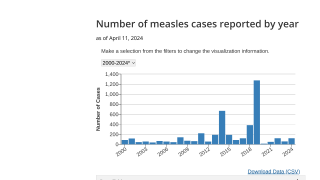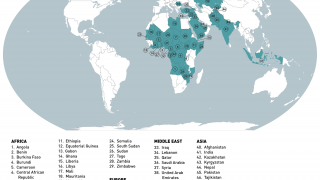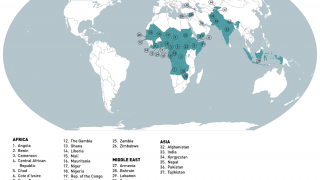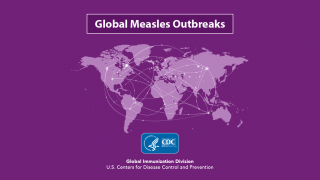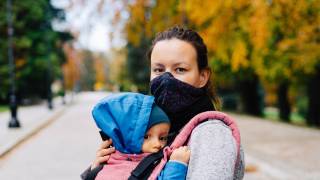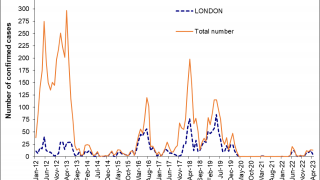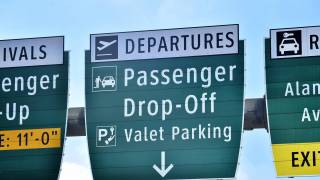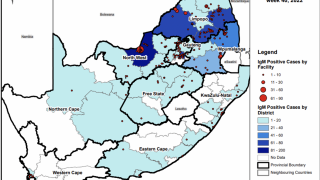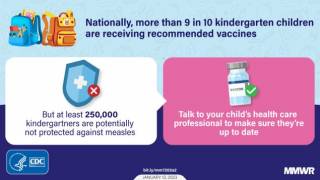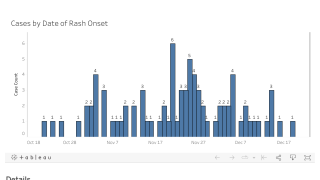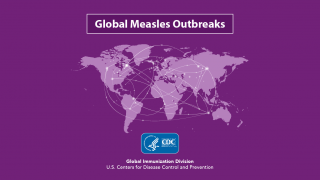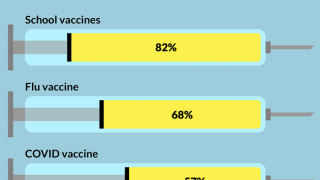Airplanes or Airports, Which Spreads More Flu Virus?
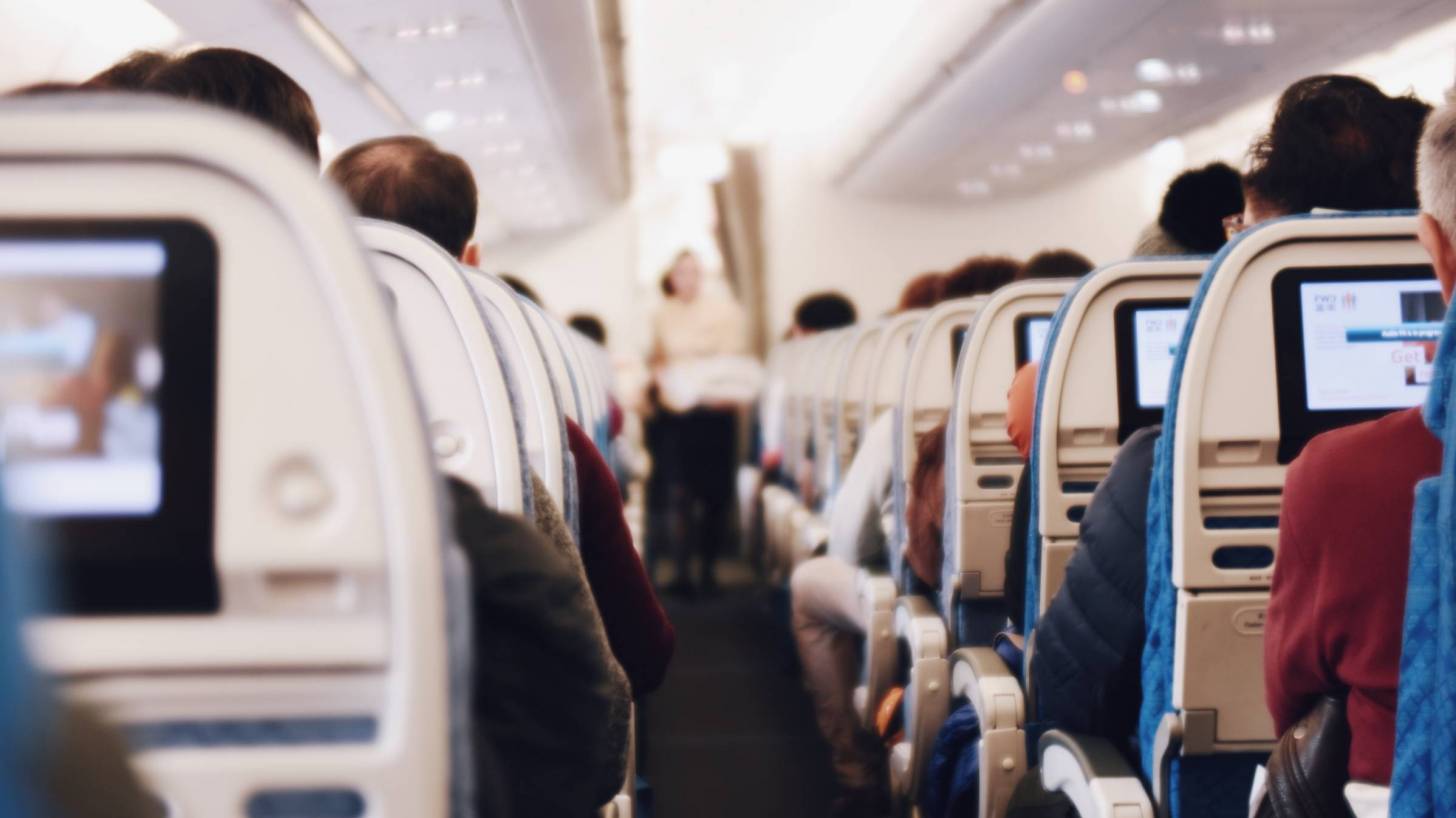
Most everyone believes that traveling by planes greatly increases chances of getting sick.
With over 3 billion airline passengers annually, the risk of in-flight transmission of infectious diseases is an important global health concern.
This is because it's very common to return home with a nasty flu after a vacation or business trip.
But, the lack of valid data on influenza virus aerosol transmission continues this debate.
“Travelers may not realize that other areas of the world experience flu season at different times of year than the US,” said Tracy O’Donnell, RPh, Clinical Programs Specialist for Retail Business Services, an Ahold Delhaize company.
“Additionally, travelers may not realize that their final destination country may require the yellow fever vaccine for entry if their itinerary includes a layover >12 hours in an airport located in a country at risk of yellow fever transmission.”
“Pharmacists can determine which adult vaccines you may be missing as well as provide travel destination specific consults to identify vaccines that may be required or recommended before travel,” said O’Donnell.
New research published in Proceedings of the National Academy of Sciences suggests your airplane trip may not be the source of an influenza infection.
Even though the flu is passed from nasal droplets, and from your breath, this new research found that airline passengers were not infected with influenza from the other passengers.
In this study, 1,540 passengers and 41 flight attendants on 10 flights reported only one coughing passenger.
Thus, there was obviously very little virus shedding.
“This was the first study to quantify passenger movement, behaviors, and social contacts and to estimate transmission likelihood using a data-driven model,” these researchers said.
The study was also interesting in what it revealed about seat designations and passenger movement.
These researchers observed that 38 percent of passengers never left their seats during flight.
But, 38 percent left once, 13 percent left twice, and 11 percent left more than two times.
The median amount of time spent out of the seat for each passenger who moved was 5.4 minutes.
The proportion leaving their seat at least once varied by seating: 43 percent of passengers seated by a window, 62 percent of passengers seated in a middle seat, and 80 percent of passengers seated in the aisle moved at least once during the flight.
The most common behavior for passengers was waiting for, using, or exiting a lavatory. Half of the passengers did not use a lavatory during flight.
The wait for the front lavatory was nearly twice as long as for the back lavatories (3.1 vs. 1.7 min).
This study cautioned about extrapolating these findings to short-hop domestic flights, international flights, or flights on other airlines given previous measles research.
Since most measles cases in the USA are related to international travelers, the Centers for Disease Control and Prevention (CDC) updated its Level 1 Travel Alert for measles for various countries.
The 2017 surge in measles cases included outbreaks in 15 of the 53 countries in the European Region, according to the World Health Organization (WHO).
Which means, as soon as you arrive at the airport, you should be aware that infectious diseases may be ‘floating’ around you, according to new research.
Research suggests that keeping surfaces clean, washing hands, and avoiding people who are coughing, does not provide complete protection from catching the flu.
Moreover, since the Transportation Services Authority does not screen passengers for their immunization status, as witnessed by recent measles outbreaks, you are on your own walking around the terminal.
Our Trust Standards: Medical Advisory Committee




